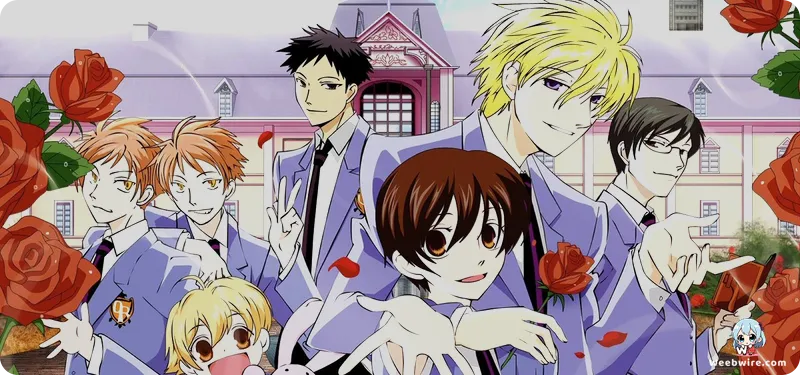The Hidden Brilliance of Ouran High School Host Club: Surprising Facts About Studio Bones, Meta-Commentary, and the Anime's Original Ending

Bisco Hatori’s iconic shojo manga, Ouran High School Host Club (OHSHC), received an unforgettable anime adaptation in 2006. This series instantly established itself as a cornerstone of modern comedic romance. While the core premise is widely known a scholarship student, Haruhi Fujioka, accidentally joins a club catering to wealthy girls while pretending to be a boy the series contains fascinating production secrets and narrative nuances often overlooked by casual viewers. These details explain why OHSHC successfully transcended the typical reverse harem framework to become a sophisticated deconstruction of its own genre.
The Unexpected Choice of Studio Bones
One of the most surprising production choices was the selection of Studio Bones for the adaptation. Bones was, and remains, primarily celebrated for its high-octane action epics, including Fullmetal Alchemist and Eureka Seven. Tasking them with a character-driven, sparkle-laden shojo comedy was a bold move that demonstrated the studio's remarkable versatility. Bones successfully translated the manga's unique visual language, mastering everything from delicate character interactions to the signature, exaggerated comedic reactions peppered with flying roses and light effects. This adaptation proved their range extended far beyond complex fight choreography.
Intellectual Foundation and Genre Deconstruction
The series' underlying strength lies in its intellectual foundation, inherited directly from Hatori’s writing. The show frequently utilizes meta-commentary, actively breaking the fourth wall and satirizing the established shojo tropes it employs. The Host Club members are introduced using quintessential archetypes such as The Prince, The Cool Type, and The Mischievous Twins. However, the narrative consistently acknowledges and mocks the inherent theatricality of these roles. This self-aware critique elevates OHSHC beyond simple high school comedy, offering a sharp commentary on performance, societal expectations, and class structures within Japanese culture.
Crucially, fans transitioning from the 2006 anime to the source manga must be aware of a major narrative divergence: the ending. Since the manga continued serialization until 2010, the 26-episode anime adaptation was forced by its production schedule to conclude with an entirely original finale. While emotionally satisfying, this anime-exclusive ending bypasses the deeper character arcs and comprehensive resolutions provided in the manga, particularly concerning Tamaki and Haruhi's relationship and the detailed future paths of the club members.
Stellar Voice Cast and Visual Language
The stellar voice cast further enriched the series with layers of talent. Maaya Sakamoto, the legendary performer known for roles like Ciel Phantomhive and as a successful musician, provided Haruhi Fujioka’s perfectly deadpan, pragmatic voice. Similarly, Mamoru Miyano, voicing the dramatic leader Tamaki Suoh, delivered the ideal blend of princely flair and childish over-the-top melodrama.

Even the dynamic of the Hitachiin twins, Hikaru and Kaoru, was rooted in deeper character work. Their ‘forbidden brotherly love’ act served not just as fan service but as a subtle exploration of codependency, requiring them to learn how to function as independent individuals. This developmental journey is often overshadowed by their comedic antics. Finally, the visual design employed deliberate color theory, utilizing the famous pink and yellow roses to signify romance and comedy, contrasted with muted blues and grays during moments of serious drama, such as those involving Kyoya’s family pressures. These layers of meticulous detail cemented Ouran High School Host Club as an enduring classic.
Credits
Ouran High School Host Club
Author
Bisco Hatori
Cover Art
Bisco Hatori
Studio
Bones
Publisher
Hakusensha
Producers





